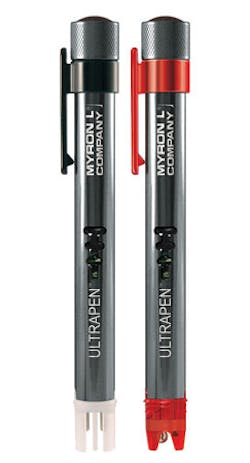Measure, Monitor and Control with Myron L
Over the years, ever-increasing environmental concerns and regulations have heightened the need for increased diligence and tighter restrictions on wastewater quality. Control of water pollution was once concerned mainly with treating wastewater before it was discharged from a manufacturing facility into the nation’s waterways. Today, in many cases, there are restrictions on wastewater that is discharged to city sewer systems or to other publicly owned treatment facilities. Many jurisdictions even restrict or regulate the runoff of stormwater - affecting not only industrial and commercial land but also residential properties as well.
In its simplest form, water pollution management requires impoundment of stormwater runoff for a specified period of time before being discharged. Normally, a few simple tests such as pH and suspended solids must be checked to verify compliance before release. If water is used in any way prior to discharge, then the monitoring requirements can expand significantly.
Scientists are continuously testing water in streams, groundwater, lakes, lagoons, and other bodies of water to determine the effect that any remaining contamination is having on the receiving waters and its associated aquatic life. Measurements may include pH, conductivity, TDS, temperature, dissolved oxygen, TSS and organic levels (COD and BOD).
With proper monitoring, systems that maintain cleaner air and water can be operated efficiently and effectively. Such operation will go a long way toward maintaining a cleaner environment for us and future generations.
The Myron L® Company offers a full line of handheld instruments and in-line monitor/controllers that can be used to measure or monitor many of the parameters previously mentioned.
For more information about the Myron L Company, visit www.myronl.com.

